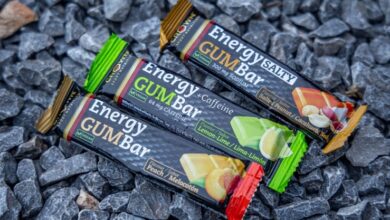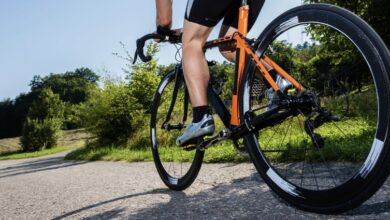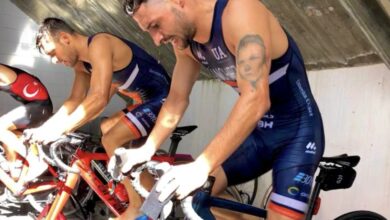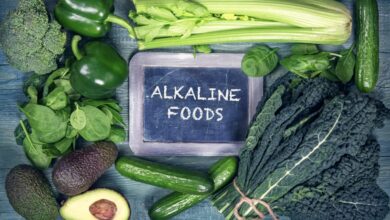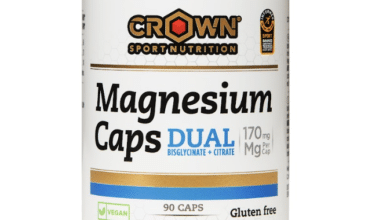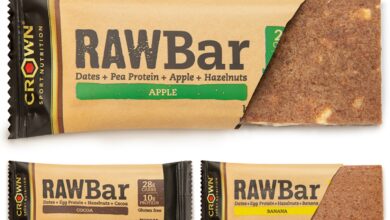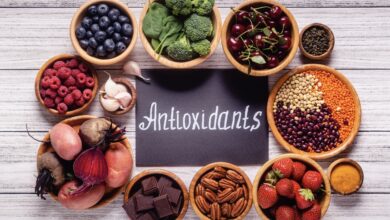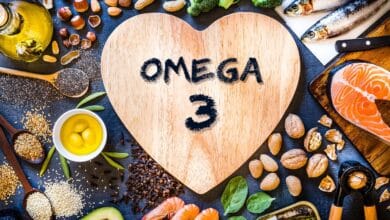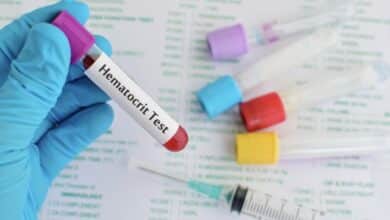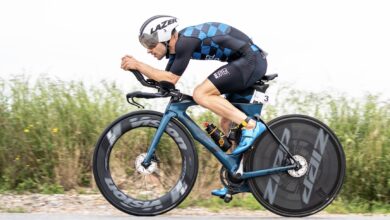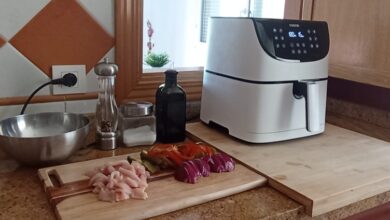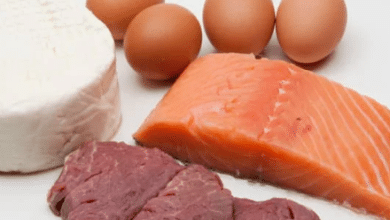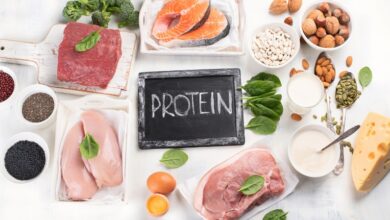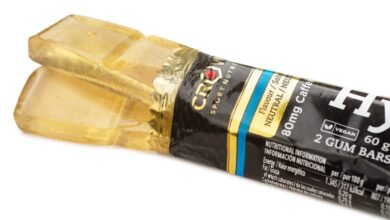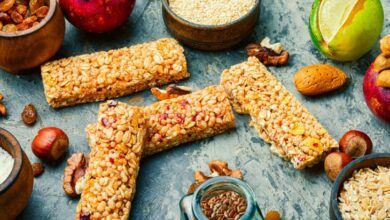Joint Protection in sport
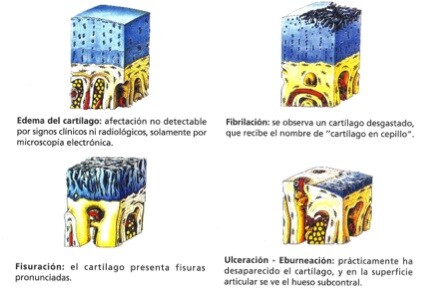
Our collaborator in sports nutrition Victory Endurance through Alberto Sacristán he has written the following article where he talks about Articular cartilage.
What is an articulation?
The joint is the union of two bones and is formed by cartilage, bags (bursas), ligaments and tendons. Its functions are those of keep the bones together and give mobility to the rigid skeleton. There are fibrous joints with little or no movement, cartilaginous joints without mobility. None of the articulations described have a joint cavity. The synovial joints have a joint cavity and contain synovial fluid, they are mobile and the most injured in sports. Example of these joints are the ankles, knees, hips, wrists, elbows, shoulder, ...
El Articular cartilage It is a specialized and fibrous connective tissue of great strength, against the forces of tension and compression. Articular cartilage or hyaline cartilage is made up of chondrocytes (specific cartilage cells), collagen fibers and water. This cartilage covers the bony surfaces of the joints and its function is protect the bone, provide a smooth surface forl movement of the joints y absorb impact and friction when the bones hit or rub against each other.
How are they injured?
When a destruction of articular cartilage, usually because of a homeostatic imbalance of the same. There are several factors that influence, such as genetic, mechanical and biochemical. Another mechanism by which the articular cartilage can be injured is by direct impact (contusion).
Phases of articular cartilage injury:
When this cartilage destruction occurs in a generalized way, we talk about chondromalacia and if it's focal, we talk about osteochondritis But there are other considerations to keep in mind about both entities. In chondromalacia, there is a degeneration of the cartilage due to the alteration of the homeostatic balance of the cartilaginous tissue, while in osteochondritis usually what usually happens is a necrosis of the subchondral bone.
The symptomatology that usually produces is pain, joint effusion, clicks, joint stiffness, even joint blocks.
How can I protect the joints?
As a treatment, it is a fundamental objective to recover the physiological conditions of the cartilage so that it continues to offer its function correctly. It is possible that the ideal way to treat these injuries is precisely to prevent them. We usually take branched amino acids, vitamins, minerals, proteins in serum isolate, ... to help recover, regenerate our muscles after a hard workout and forget about the joints.
With respect to scientific publications we have several effective active principles to prevent joint degeneration.
1. Glucosamine Sulfate: Glucosamine is a natural component of healthy cartilage, bone matrix and synovial fluid. Glucosamine is produced naturally by our body and it is not possible to obtain it from the diet. At one point in our life we are not able to form enough glucosamine. Glucosamine stimulates articular cartilage cells (chondrocytes) to form proteoglycans and collagen, two proteins The correct function of the joints is essential. On the other hand, it prevents the collagen from breaking.
2. MSM (Methyl-sulfonyl-methane): MSM is a compound that contains sulfur and is a primary source of bioavailable sulfur. The MSM favors the increase of the permeability of the cell wall, allowing water and nutrients to circulate inside the cell. On the other hand, it is able to favor the elimination of toxins outside the cell. The practical benefit of this substance is that it provides great flexibility to the joint cells (chondrocytes), in such a way that the joint is more lubricated.
3. Chondroitin sulfate: Chondroitin sulfate (or chondroitin sulfate) is part of the group of glycosaminoglycans, these are important structural constituents of the extracellular matrix of cartilage. It is mainly present in tissues with a large extracellular matrix, such as those that form the connective tissues of the body, cartilage, skin, blood vessels, as well as ligaments and tendons.
In degenerative joint diseases such as osteoarthritis and other chondral pathologies, deterioration and loss of articular cartilage occurs. A key phase during the degenerative process is the loss of proteoglycan from the cartilage and the mechanical malfunction of its collagen network.
Chondroitin sulfate is the main constituent of cartilage, provides structure, maintains water and nutrients and allows other molecules to move through the cartilage (the latter is an important property because there is no blood supply to the cartilage). The beneficial effects of chondroitin sulfate on the synthesis of nitric oxide (NO) that favors the articular level of cartilage degradation, have been evidenced by the researchers.
Bibliography
- Prevention of sports injuries. Keys for optimal performance. D. Romero Rodríguez. J. Tous Fajardo. Ed. Panamericana 2010.
- Sports injuries. Diagnosis, treatment and rehabilitation. R. Bahr, S. Mæhlum. Ed. Panamericana. 2009
- Sport and physical activity in the locomotor system. A. Herrera Rodríguez, G. Herrero-Beaumont, L. Ferrández Portal, A. Rodríguez de la Serna. Ed. Masson 2002.
- The anatomy of sports injuries. B. Walker. Ed. Paidotribo. 2010
- Physiology of the exercise. J. López Chicharro. A. Fernández Vaquero. Ed. Panamericana, 3ª edition, 2006.
- Lippiello L, Woodward J, Karpman R, et al. In vivo chondroprotection and metabolic synergy of glucosamine and chondroitin sulfate Clin Orthop. 2000; (381): 229 - 240.
- Lippiello L, Karpman RR, Hammad T. Synergistic effect of glucosamine HCL and chondroitin sulfate on in vitro proteoglycan synthesis by bovine chondrocytes. Presented at: American Academy of Orthopedic Surgeons 67th Annual Meeting; March 15 - 19, 2000.
- Adebowale AO, Cox DS, Liang Z, et al. Analysis of glucosamine and chondroitin sulfate content in marketed products and the Caco-2 permeability of chondroitin sulfate raw materials. J Am Nutraceutical Assoc. 2000; 3: 37 - 44.
- Bucsi L, Poor G. Efficacy and tolerability of oral chondroitin sulfate as a symptomatic slow-acting drug for osteoarthritis (SYSADOA) in the treatment of knee osteoarthritis. Osteoarthritis Cartilage. 1998; 6 (suppl A): 31 - 36.
- Conrozier T. Anti-arthrosis treatments: efficacy and tolerance of chondroitin sulfates (CS 4 & 6) [translated from French]. Press Med. 1998; 27: 1862 - 1865.
- Uebelhart D, Thonar EJ, Delmas PD, et al. Effects of oral chondroitin sulfate on the progression of knee osteoarthritis: a pilot study Osteoarthritis Cartilage. 1998; 6 (suppl A): 39 - 46.
- Thie NM, Prasad NG, Major PW. Evaluation of glucosamine sulfate compared to ibuprofen for the treatment of temporomandibular joint osteoarthritis: a randomized double blind controlled 3 month clinical trial. J Rheumatol. 2001; 28: 1347 -1355.
Photo: victoryendurance.com
There are no previous results.







